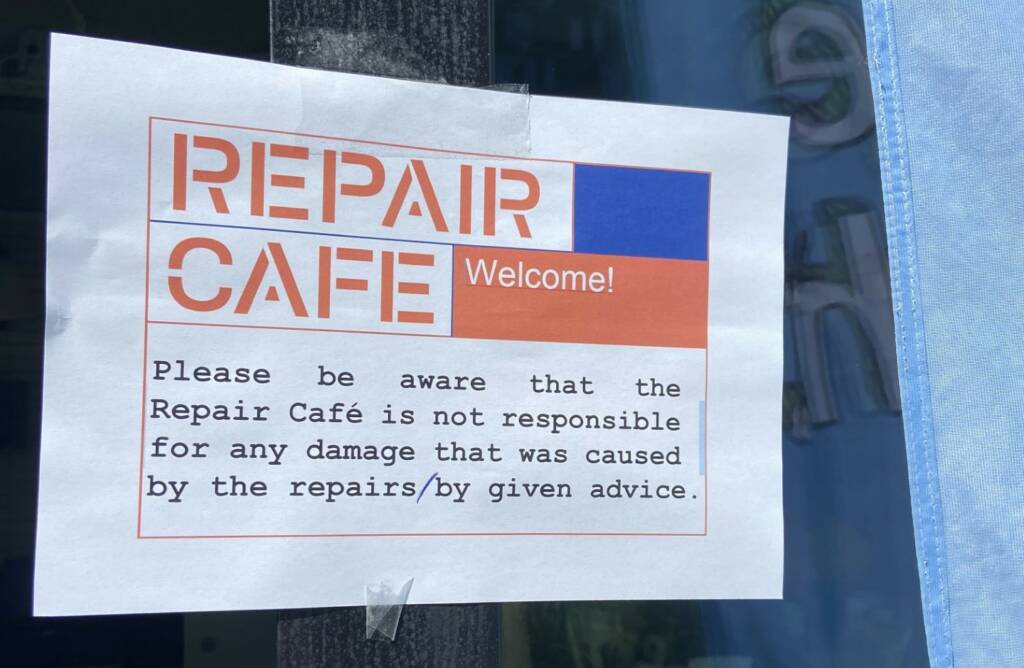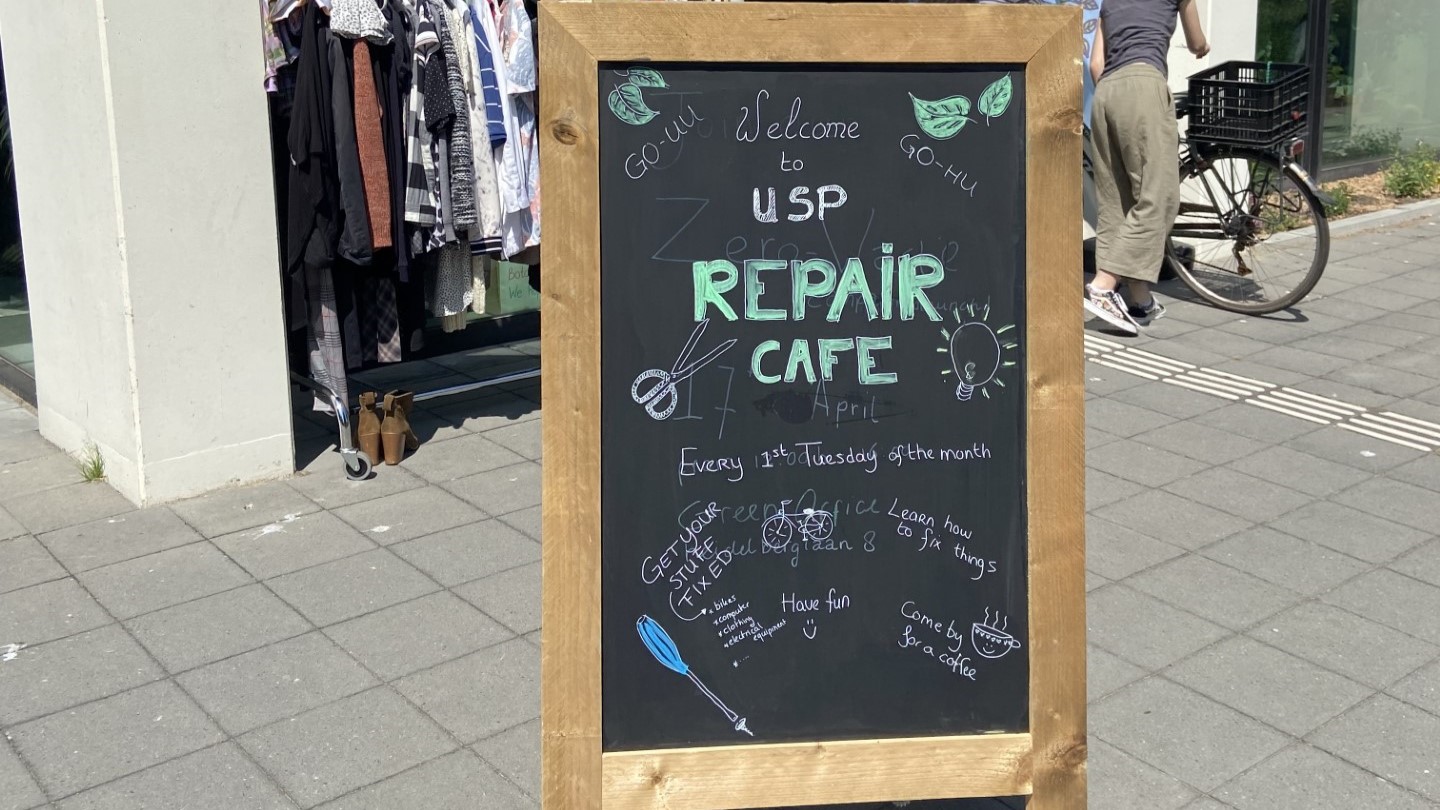Repair cafés are communities where handy volunteers help their neighbours repair household items. While waiting for their turn, visitors can enjoy a cup of coffee and watch others fix things. In the Netherlands, over 500 repair cafés meet regularly, and internationally, there are already over 3,000.
In June 2024, I wrote an opinion piece for HS arguing that the repair café culture should be introduced to Finland. This blog post is a continuation of that text.
My intention is to consider practical questions related to repair café activities in Finland. I base my views on my experiences with successful repair café operations in the city of Utrecht, Netherlands, where I visited a total of nine repair cafés, interviewing organisers and visitors during the spring of 2023. I am also familiar with related literature and published research on the topic.
What is repaired in repair cafés?
The rule is often that the item to be repaired must be able to be carried to the event. Most commonly, electronics like coffee makers or lamps are repaired, but typically also clothes and bicycles. A repair might involve, for example, replacing a burnt-out cord in an air fryer.
In a recent survey, Finns estimated that they would not likely have their everyday clothes or small appliances repaired by a professional. Generally, items without a valid warranty and whose repair cost approaches the price of a new product are not often brought to professionals. If the consumer is not skilled in repairs, these items end up as waste. Repair cafés, on the other hand, enable the rescue of these items: there, one can check if the item can still be repaired. According to the Repair Café organization, about 60% of repairs are successful.
Where do the volunteers, funding, and tools come from?
Repair cafés are based on volunteer activities, which have long traditions in Finland as well. The Dutch volunteers I met said they enjoyed the problem-solving involved in repairs. Helping others and taking care of items also motivated them. Some of the repairers were retired professionals, while others were self-taught. The volunteers at one café consisted of people aged around 30–40, who often approached repair problems using YouTube repair videos. In addition to repairers, there were hosts who welcomed visitors and ran the café.
Starting repair cafés can seek funding from public sources, such as municipalities or cities, and private foundations that support community activities. Once the operation is established, donations from visitors can also be used to purchase shared tools and spare parts, as was done in one long-running café.
On the other hand, one can also start without funding: in Utrecht, repair cafés were organised in libraries and public community spaces, where organisers brought their own tools. Sometimes repairs required spare parts. If the specific spare part was not available at the repair café, visitors could acquire it themselves and return the next time.

Do legal liability issues prevent repair cafés from operating in Finland?
It is true that Finnish and Dutch legislation may differ regarding repair liability. My understanding is that Dutch repair cafés try to stay clear of liability issues by, for example, communicating “house rules” that visitors must agree to when participating. However, it would be interesting to hear a legal expert’s perspective on whether repairs taking place in repair café premises are comparable to repairs between private individuals and what responsibilities apply in such situations in Finland.
“Repair cafés are circular economy fun for everyone, just like flea markets are in Finland today.”
Who wants to visit repair cafés?
Contrary to assumptions about repair café visitors (I’ve heard they are both “only old people” and “only young people”), a wide range of people of different ages and backgrounds visit the events. For example, the age range of the 30 visitors I interviewed was evenly distributed between 19 and 69 years. I see repair cafés as circular economy fun for everyone, just like flea markets are in Finland today. Some of the people I interviewed, for example, said that they could easily afford to buy a new item to replace the broken one, but they still wanted to repair it. The main motivations for participation are the desire to reduce waste and the lack of personal repair skills.
Repair cafés are very lively places where visitors have the opportunity to meet new people. However, meeting people was not the main motivation for my interviewees; they mainly just wanted to get their items repaired. It is important to note that volunteers and visitors are attracted to repair cafés with different arguments. While volunteers enjoy the community aspect, visitors are more interested in making circular economy actions and supporting the repair culture.
Do repair cafés reinforce the idea that repairing is the responsibility of consumers?
The various problems related to product durability and repairability are not solved by consumers taking responsibility for repairs. In addition to organising repair events, the international Repair Café organisation has actively advocated for “Right to Repair” legislation, which requires changes to producers’ responsibilities to improve repairability. In my view, community activities play an important role in promoting repair culture and the circular economy transition, impacting both policymakers and consumers.
Author
Doctoral Researcher at the Wastebusters Research Group

